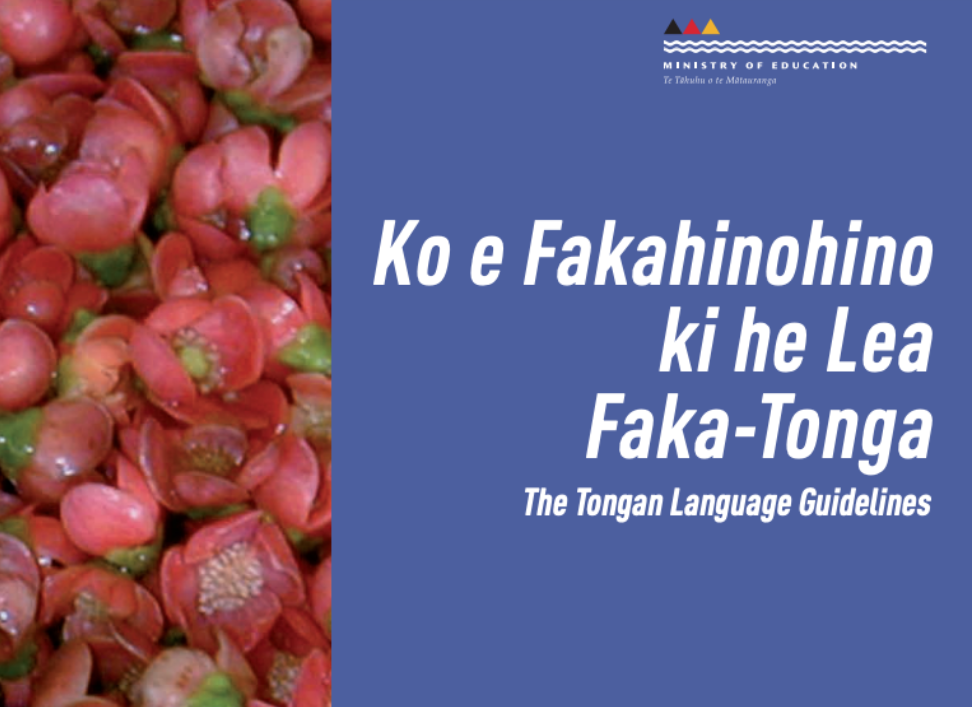Poto series storybooks
The Poto series is a set of storybooks in gagana Samoa and lea faka Tonga.

About this resource
The Poto book series is designed for learners in years 4-8. These resources help to grow and enhance Pacific learners’ language and literacy capabilities, which supports teachers working in partnership with families and Pacific communities.
Poto series
The Poto series is a set of resources in gagana Sāmoa and lea Faka-Tonga for years 4 to 8. The resources are designed to support literacy and cross-curriculum learning for students in bilingual education environments.
See “Materials that come with this resource” to download the Poto series storybooks in gagana Sāmoa and lea Faka-Tonga.
Kaiako Support Material (KSM)
The Poto Kaiako Support Material (KSM) provides information and strategies for using the Poto series books with gagana Sāmoa and lea Faka-Tonga bilingual learners.
See “Materials that come with this resource” to download the Kaiako Support Material (KSM) document.
Poto series storybooks
Fakakaukau Ke Ke Hoko Ko Ha Tokotaha Saienisi? | Pē Fia ‘avea ‘oe ma Saienitisi?
In this non-fiction book, students meet two New Zealand scientists - research scientist Professor Palatasa Havea, and plant pathologist Amy Maslen-Miller.
Fevahevahe‘aki ‘o e Fanangá mo e Fāgogó | Fa‘asoa i Talatu‘u ma Fāgogo
A nine-year-old boy’s homework involves asking his family about any myths or legends they know. With his mum’s help, he contacts his grandparents in Samoa and Tonga and, via computer, they share traditional stories with him.
Ko Hoku Fāmilí | ‘O Lo‘u ‘Āiga
Ten-year-old Meleane Lupe loses her family when a tsunami strikes Niuatoputapu. Her uncle and his Samoan wife in New Zealand adopt her, and Meleane moves to Māngere.
Ko e Māketi he Tokonakí | ‘O le Māketi o Aso To‘ona‘i
In this play, two eight-year-olds are helping their parents run stalls at a Saturday market. It turns out that quite a lot of mathematics is involved.
Ko e Tāpuaki‘i ‘o e Me‘atokoní | ‘O le Tatalo
An eight-year-old girl in a bilingual class at her school helps her mum learn a grace to say at a work function.
Ngaahi Me‘a Mālie he Fononga ‘a e ‘Ātisi Tā Kōmiki | ‘O le Malaga Fa‘alemāfaufau a le
In this graphic novel-style autobiography, students learn about the childhood and career of Māngere-born comic book artist Michel Mulipola.
Ko e Ki‘i Fakapulipuli ‘a ‘Eku Kuí | ‘O se Mea Fa‘alilolilo a pati
After Grandma passes away, Grandpa moves from Auckland to Christchurch to live with his son and his family. One day, when Grandpa takes his grandson fishing, he shares a secret: “When we used to go fishing, your grandma was the one who usually caught most of the fish!”
Fakalukuluku
In this non-fiction book, ‘Elenga Mailangi explains the Niuafo‘ou way of fishing, called “fakalukuluku”. She says that “the problem with this kind of fishing is sharks … According to a legend, a very large shark, called Sekitoa, protects the local people from shark attack.” So when the local people gave her a chance to try out the method for herself, she wondered how the sharks would respond when she swam out to fish this way.
Ko e Sipitifaea mei Tonga
The artist and writer Mathew Tanielu Hunkin is fascinated by the history of World War Two in the Pacific. One day, he noticed an image of a spitfire (fighter plane) on a ngatu. Intrigued, he flew to Tonga to find out more. Te Papa Tongarewa The Museum of New Zealand, the Air Force Museum of New Zealand, and the Auckland War Memorial Museum also contributed to his historical research.




